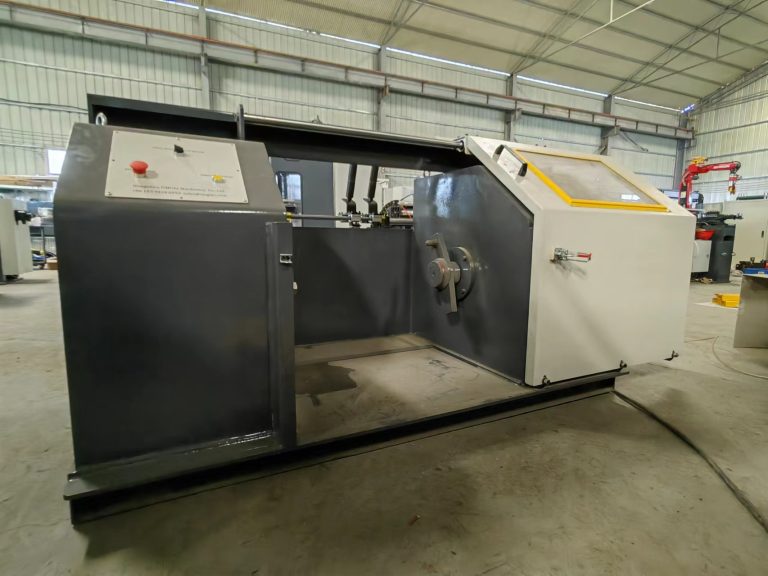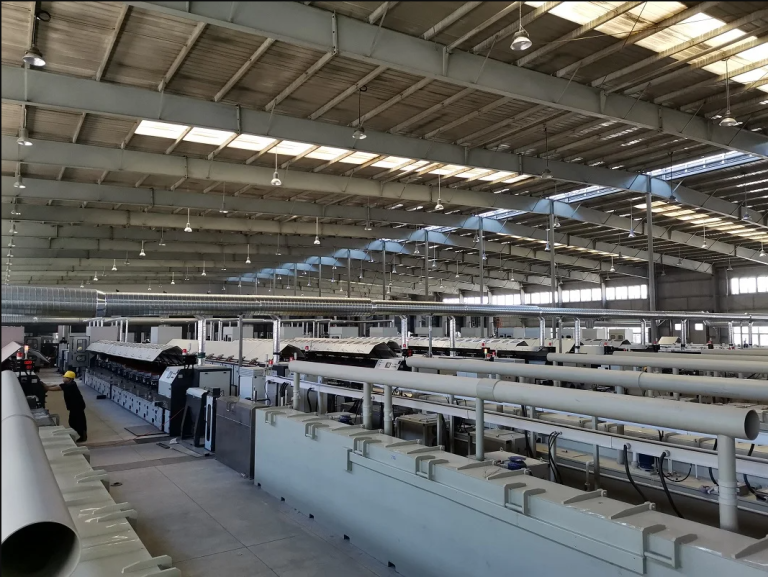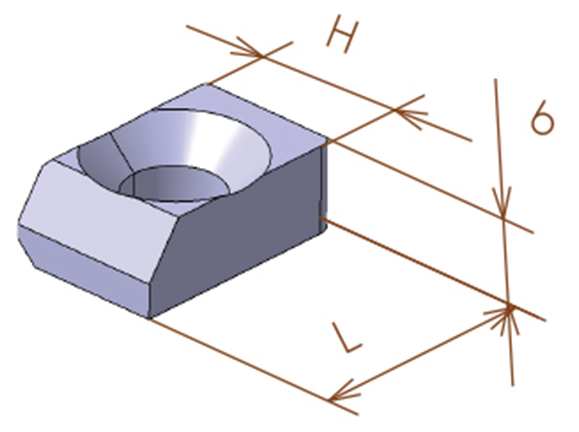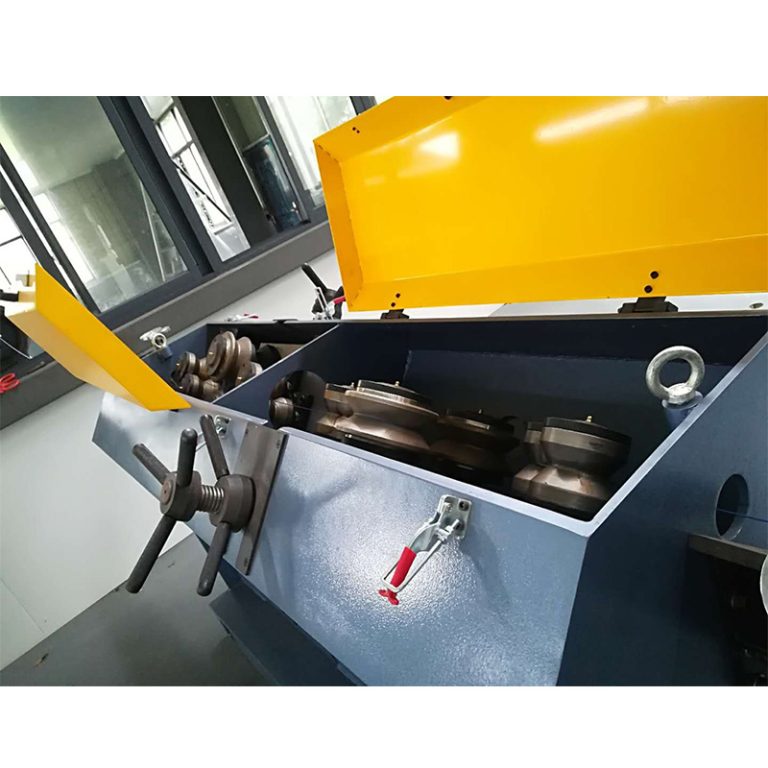Table of Contents
Advantages of Using Vertical Drop Coilers for Take-Up High Carbon Steel Wire
High carbon steel wire is a crucial material used in various industries such as automotive, construction, and manufacturing. It is known for its strength, durability, and resistance to wear and tear. To ensure the efficient production of high carbon steel wire, it is essential to have a reliable coiling system in place. One popular option for coiling high carbon steel wire is the vertical drop coiler.
The Vertical Wire Drop Coiler is a specialized machine designed to efficiently coil high carbon steel wire during the manufacturing process. Unlike traditional horizontal coilers, the vertical drop coiler offers several advantages that make it a preferred choice for many manufacturers.
One of the main advantages of using a vertical drop coiler is its space-saving design. The vertical orientation of the coiler allows it to take up less floor space compared to horizontal coilers. This is especially beneficial for manufacturers with limited space in their production facilities. By using a vertical drop coiler, manufacturers can maximize their floor space and optimize their production layout.
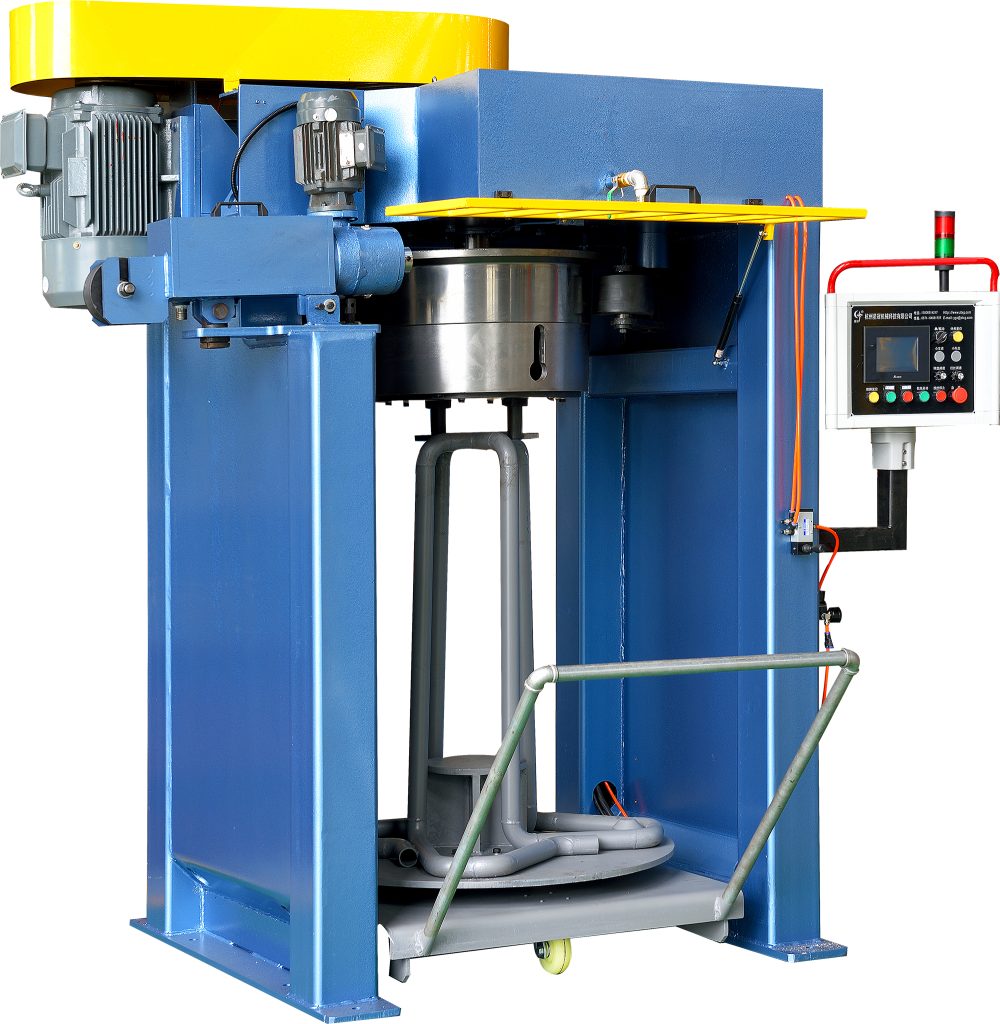
In addition to its space-saving design, the vertical drop coiler also offers improved efficiency in the coiling process. The vertical orientation of the coiler allows for a more controlled and precise coiling operation. This results in tighter and more uniform coils, which are essential for ensuring the quality of the high carbon steel wire. The vertical drop coiler also allows for faster coiling speeds, leading to increased productivity and reduced production time.
Another advantage of using a vertical drop coiler for take-up high carbon steel wire is its versatility. The coiler can be easily adjusted to accommodate different wire diameters and coil sizes. This flexibility allows manufacturers to produce a wide range of high carbon steel wire products without the need for multiple coiling machines. The vertical drop coiler can also be integrated into existing production lines, making it a cost-effective solution for manufacturers looking to upgrade their coiling equipment.
Furthermore, the vertical drop coiler offers improved safety features compared to traditional coiling machines. The vertical orientation of the coiler reduces the risk of wire tangling and jamming, which can lead to accidents and production downtime. The coiler is also equipped with advanced sensors and controls to monitor the coiling process and detect any abnormalities. This helps to prevent potential hazards and ensure a safe working environment for operators.
Overall, the vertical drop coiler is a reliable and efficient solution for coiling high carbon steel wire. Its space-saving design, improved efficiency, versatility, and safety features make it a preferred choice for many manufacturers. By investing in a vertical drop coiler, manufacturers can enhance their production capabilities, increase productivity, and ensure the quality of their high carbon steel wire products.
Tips for Efficient Operation of Vertical Drop Coiler for Take-Up High Carbon Steel Wire
Vertical drop coilers are essential equipment in the wire manufacturing industry, particularly for high carbon steel wire. These coilers are designed to efficiently wind the wire onto a spool or reel as it is being produced. Proper operation of a vertical drop coiler is crucial to ensure the quality of the finished product and to maximize productivity. In this article, we will discuss some tips for efficient operation of a vertical drop coiler for take-up high carbon steel wire.
First and foremost, it is important to ensure that the coiler is properly set up and calibrated before starting production. This includes adjusting the tension settings, speed controls, and other parameters to match the specifications of the wire being produced. Proper calibration will help prevent issues such as overwinding or underwinding, which can lead to quality defects in the finished product.
Once the coiler is set up, it is important to monitor the operation closely to ensure that the wire is being wound onto the spool or reel evenly and consistently. Uneven winding can cause problems such as tangling or breakage, which can result in downtime and lost production. Regularly inspecting the coiler and making any necessary adjustments will help prevent these issues and ensure smooth operation.
Another important tip for efficient operation of a vertical drop coiler is to maintain proper tension control throughout the winding process. High carbon steel wire is known for its high tensile strength, which can put a significant amount of stress on the coiler. Proper tension control will help prevent issues such as stretching or snapping of the wire, which can lead to quality defects and production delays.
In addition to tension control, it is also important to monitor the speed of the coiler to ensure that it is running at the optimal rate for the wire being produced. Running the coiler too fast can cause issues such as overwinding or overheating, while running it too slow can lead to underwinding and inefficiencies in production. Finding the right balance between speed and tension is key to maximizing the efficiency of the coiler.
Regular maintenance of the coiler is also essential for efficient operation. This includes cleaning and lubricating the equipment, inspecting for any signs of wear or damage, and replacing any worn or damaged parts as needed. Proper maintenance will help prevent breakdowns and downtime, ensuring that the coiler is always ready to meet production demands.
In conclusion, efficient operation of a vertical drop coiler for take-up high carbon steel wire requires careful attention to detail and regular maintenance. By following the tips outlined in this article, wire manufacturers can ensure that their coilers are running smoothly and producing high-quality products. Proper setup, calibration, tension control, speed monitoring, and maintenance are all key factors in maximizing the efficiency of a vertical drop coiler. By implementing these tips, manufacturers can improve productivity, reduce downtime, and ultimately increase profitability.

